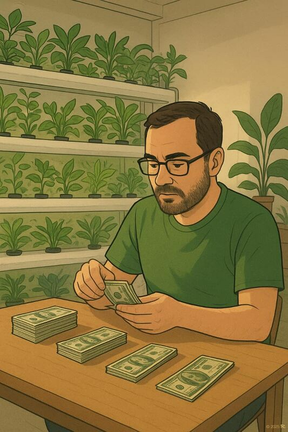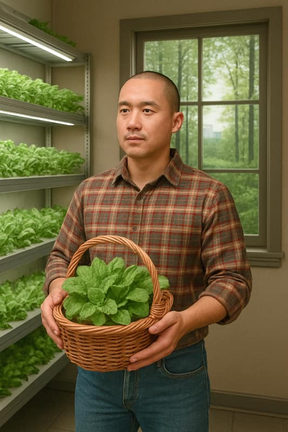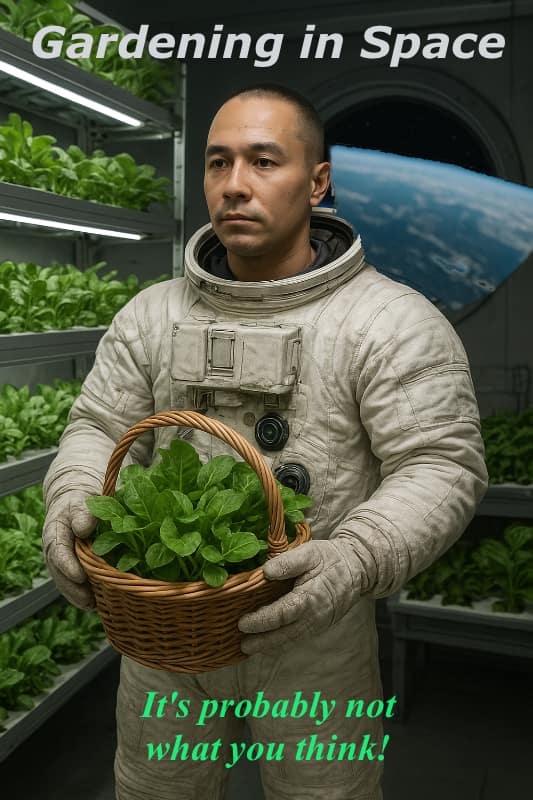
Hydroponic farming in the USA delivers substantially higher annual returns and efficiency compared to traditional agricultural capital investments in farmland, though it comes with higher startup costs and complexity [1][3][4][5][6].
Return on Investment (ROI) Comparison
- Traditional U.S. agriculture/farmland: Averages a 7–12% annual rate of return, driven by crop income and long-term land appreciation [11][12][13].
- Hydroponic farming: ROI typically ranges 20–35% annually for efficiently managed operations, especially those producing high-value crops. Reported profit margins and payback periods are superior due to increased crop cycles and premium pricing, though this is contingent on scale and market access [14][15][16].
Key Efficiency and Yield Differences
-Hydroponics:
- Can produce up to 10–20 times the yield per square foot versus traditional farms, largely by enabling vertical growing and year-round production in controlled environments [3][9].
- Uses up to 90% less water and maximizes space, reducing risks from weather and pests [3][2][8].
- Consistently delivers higher returns per unit area, but demands significant capital, technical skill, and ongoing energy inputs [1][6][4].
- Traditional farming:
- Relies on climate, soil, and seasons, leading to variable yields and greater land and water use [6][2][4].
- Lower capital requirements to start, but faces sustainability and efficiency challenges, especially in land-scarce or water-stressed regions [1][6][4].
Environmental Sustainability
- Hydroponic systems: Offer improved sustainability, reduce soil erosion and chemical use, and are adaptable to urban or harsh environments [1][3][4].
- Traditional farming: Can contribute to environmental pressures without sustainable practices [6][4].
Cost and Investment Considerations
- Hydroponics: Higher initial costs can be offset by greater long-term returns and resource efficiency—especially beneficial in urban/vertical farming [1][6][4].
- Traditional agriculture: Lower barriers to entry, but potentially higher operational costs and yield variability over time [6][4].
In summary: Hydroponic farming offers much higher financial returns and productivity compared to traditional U.S. farm investments, as well as stronger resilience and efficiency, but at the cost of greater capital and operational complexity [1][3][4][6][5].
Sources

 What we have in mind is another excursion, into "space" you already control. Why not start an indoor garden?
What we have in mind is another excursion, into "space" you already control. Why not start an indoor garden?

